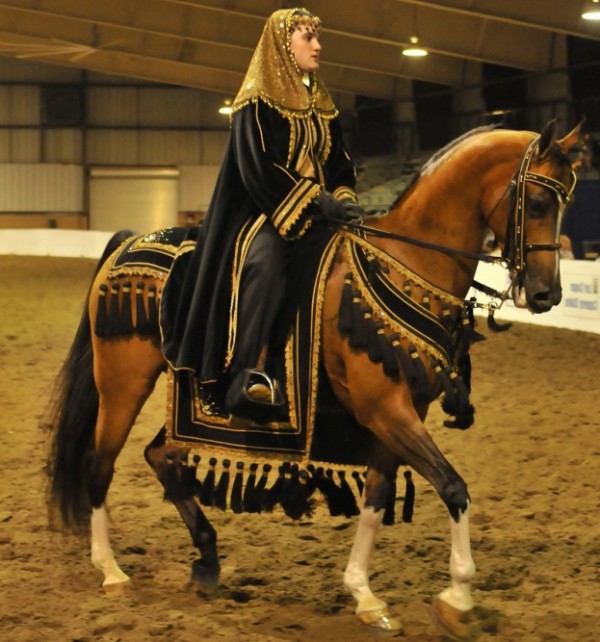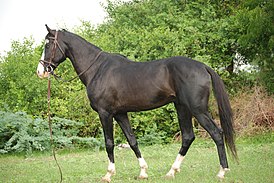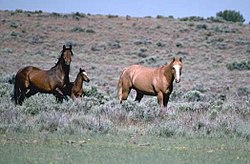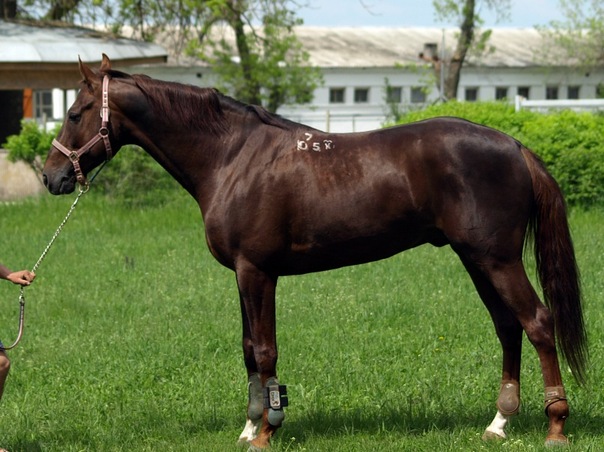remaining breeds
Tusker
 Story
Story
The formation of the breed was influenced by gypsies, who, together with their pinto horses, first appeared on the British Isles in the 15th century. Here gypsy horses mixed with the local breed, which led to the appearance of the breed Irish or gypsy cob. Other British breeds also took part in the formation of the gypsy coba – Welsh ponies of all types, Dale, Fell, Highland, Kledesdal and Shire.
Until the mid-20th century, the tinker was not recognized as a separate breed. The systematic breeding of tinkers began only after the Second World War. In 1996, the Irish Cob Society was founded, which began the registration of tinkers. The Irish Cob Association has registered the first official founder of the breed, Cushti Bok stallion. Today in the world there are several pedigree books of gypsy cobs. Continue reading
Oryol breed – the pride of Russian horse breeding (part 1)
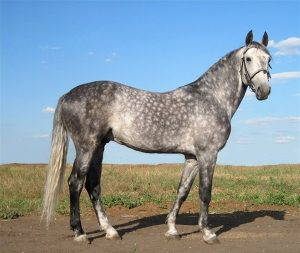 The Oryol trotter breed was bred in the distant 18th century at the Khrenovsky stud farm of Count Orlov. One of the distinguishing features is the ability to frisk trot that is inherited from one generation to another. It is thanks to this fact that the breed is today called not only pride, but also a symbol of domestic horse breeding.
The Oryol trotter breed was bred in the distant 18th century at the Khrenovsky stud farm of Count Orlov. One of the distinguishing features is the ability to frisk trot that is inherited from one generation to another. It is thanks to this fact that the breed is today called not only pride, but also a symbol of domestic horse breeding.
Photo of the Oryol trotter
The modern trotter, as can be seen in the photo, has a good physique. This small horse has a slightly dry head and a wide forehead, its profile is slightly humpy, the neck is distinguished by an excellent bend and is located high, the withers have clear lines. The croup of such an animal is sloping, the body is somewhat elongated, has strong legs. Specialists distinguish several types of exteriors of excellent representatives, which can be seen in the photo. These include dry (it is light), massive (very similar to a heavy truck) and intermediate. Despite the presence of such a variety of horse species, the blood of noble Arabian horses flows in each of them. Continue reading
